In order to potentiate the experience, the ego-identity should be subdued to allow transmutation. In other words, our head can't get in the way, a typical problem that arises in attempting to unite with something more expansive. Hence, a practice geared towards stillness is key, where in order to experience the expansiveness of spirit, ego-death (removing the human/animal identity) is needed to experience a broader state of awareness. These states of consciousness are significantly broader than human constructs. Hence, typical traditional, cultural, and societal beliefs, all designed to manage our material world, hinder our conception of the spiritual world. That is why in Hinduism, four stages of life are depicted, with the first two stages geared towards management of the material world (including religion), and the last two stages geared towards discovering "Self". Hence, the final two stages are geared towards hermitage (getting away from society, tradition, culture), then as a wandering ascetic (to teach what has been experienced in a materially detached manner). Jesus, Siddhartha, and Mohammed practiced such hermitage, where what was learned was dispensed to the public thereafter. Do note, that none of these three taught or fully expressed themselves before their hermitage experience, nor were they attached the material world thereafter. In order to understand spirit, what we know of and understand spirit to be needs to be diminished, where knowledge is also considered maya, an illusion. Those that have pierced beyond the veil, speak of it in terms above Chuck Palahniuk's "Fight Club", where it is not that you can't talk about it, it's more like there are no vocabulary terms to describe it, as it is simply an experience. Hence, terms like Brahman and the Tao are used to describe this expanse, but feels unknowable by the definitions provided by our masters. Even the term "Allah", which is an Arabic generic term for "God" used before Islam, and used today by Christians in the middle-east, means "No-Thing", as in the indescribable beyond the tangible world of form. Hence, once the tangible is blown-out, Nirvana, what remains is the experience of the formless, Samadhi.
Most exoteric religions and their practices fall under dualist teachings, the right hand path. Duality, or Dvaita-Vedanta beliefs are that we have an individual soul that is separate from the almighty soul aka God. Because of the separation, the human containing the soul has to follow righteous disciplines in order to purify oneself in order to liberate the soul. This is where concepts of morals, ethics, etc., all come into play creating external practices to avoid or cleanse oneself of "sin". However, the majority of tantrik practices are non-dualist teachings, the left hand path (Within the left hand path, you have another grouping of right-hand/left-hand which is more akin to light/dark, hence, high tantra and low tantra). Nonduality, or Advaita-Vedanta holds that the individual spirit known as Atman is not separate, but the same as Brahman. As described in the Upanishads as well as the Shaivas practical text the Vijnanabhairava, Atman is like the air inside of a jar, and Brahman is the air outside of the jar. Hence, the whole purpose of higher tantrik practices is to associate with the air within and around the jar as opposed to the jar itself. In the material world, our culture, traditions, societal structures, our learning, etc., is all associated with the jar. By identifying with the jar, what many label as the "ego", we perceive our relative existence with limitations, all of which have been defined and created by society. Hence, our minds become completely associated with the jar, and those of the dualist path seek external guidance [Deity(ies), Angels, Etc.]. We've (as in our Spirit) has gotten completely lost in the realm of matter, in the realm of separation, that even many in Advaita-Vedanta (including myself) use separate spiritual guidance to tap into one's own inner resonance. It's like dualist teachings are a stepping stone to recognize our connection with everything, the "all that is" permeating from source. Again, so why the odd practices? To realize Advaita is to realize that spirit is always pure and pristine despite what occurs in matter. In other words, our soul has always been and remains untainted, despite what occurs in the material realm of density. Nonetheless, we're so psychologically ingrained with dualist cleansing teachings of pure and impurities, that "extreme" practices are needed in order for one to realize that Brahman still flows through you as it flows through all, within this illusory game that we're all playing (Maya-Lila). Add law of attraction beliefs in the mix where beliefs manifest in the material realm, imagine the experience one creates for his/herself with constantly labeling and believing oneself to be a "sinner". The majority of us walk around with such sentiments, not knowing that such beliefs manifests itself through our experiences. So long as one seeks "Self", the Brahman behind the jar labelled as Atman, sin is an illusory construct that must be removed not just consciously, but subconsciously, which becomes difficult given that Yogis (meditators; consciousness explorers) have realized that the subconscious is also tied to the collective conscious. Hence, the need for odd external practices are for those that cannot remove the psychological guilt of sin, shame, etc., that has been forced upon our psyche from birth (and prior life-times) given the dominance of dualist teachings, and the elites attempt to manage humanity.
0 Comments
Your comment will be posted after it is approved.
Leave a Reply. |
AuthorOverly educated and continuously exploring and revealing more behind the veil. "It cannot be too highly emphasized that the mystic swims in the same waters in which the psychotic drowns."
-James Wasserman, The Mystery Traditions Archives
August 2019
Categories
All
|
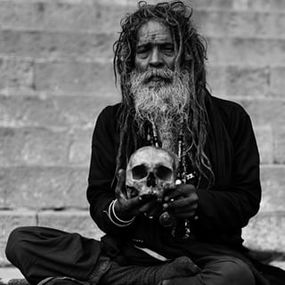
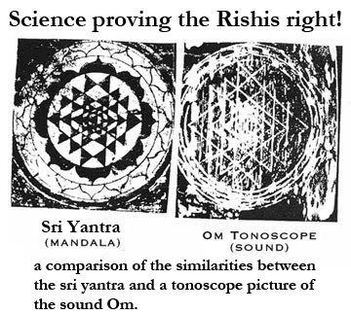
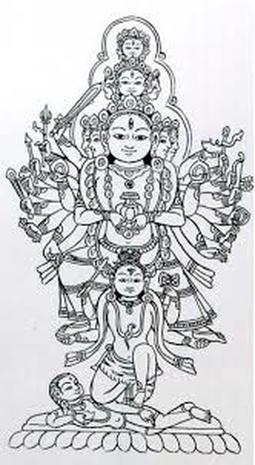
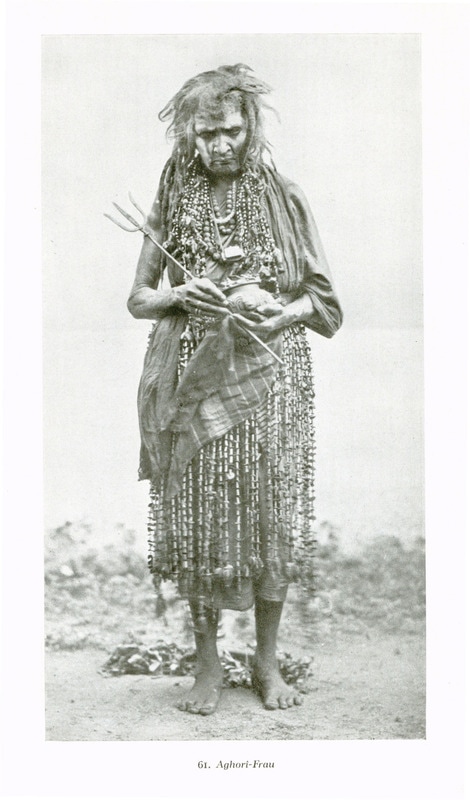

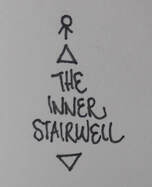
 RSS Feed
RSS Feed